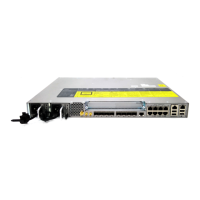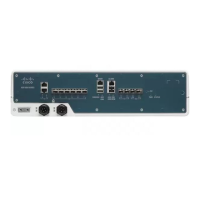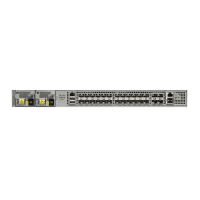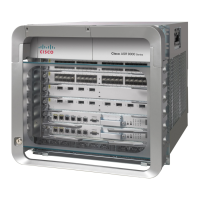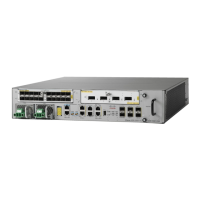point on an interface that participates in CFM within a maintenance domain. Maintenance points drop all
lower-level frames and forward all higher-level frames. There are two types of maintenance points:
•
Maintenance end points (MEPs) are points at the edge of the domain that define the boundaries and
confine CFM messages within these boundaries. Outward facing or Down MEPs communicate through
the wire side (connected to the port). Inward facing or Up MEPs communicate through the relay function
side, not the wire side.
CFM 802.1ag supports up and down per-VLAN MEPs, as well as port MEPs, which are untagged down
MEPs that are not associated with a VLAN.
Port MEPs are configured to protect a single hop and used to monitor link state through CFM. If a port
MEP is not receiving continuity check messages from its peer (static remote MEP), for a specified
interval, the port is put into an operational down state in which only CFM and OAM packets pass through,
and all other data and control packets are dropped.
◦ Up MEP—An up MEP sends and receives CFM frames through the relay function. It drops all
CFM frames at its level or lower that come from the wire side, except traffic going to the down
MEP. For CFM frames from the relay side, it processes the frames at its level and drops frames at
a lower level. The MEP transparently forwards all CFM frames at a higher level, regardless of
whether they are received from the relay or wire side. If the port on which MEP is configured is
blocked by STP, the MEP can still send or receive CFM messages through the relay function. CFM
runs at the provider maintenance level (UPE-to-UPE), specifically with up MEPs at the user network
interface (UNI).
The device rate-limits all incoming CFM messages at a fixed rate of 500 frames per
second.
Note
◦ Dowm MEP—A down MEP sends and receives CFM frames through the wire connected to the
port on which the MEP is configured. It drops all CFM frames at its level or lower that come from
the relay side. For CFM frames from the wire side, it processes all CFM frames at its level and
drops CFM frames at lower levels except traffic going to the other lower-level down MEP. The
MEP transparently forwards all CFM frames at a higher level, regardless of whether they are
received from the relay or through the wire.
•
Maintenance intermediate points (MIPs) are internal to a domain, not at the boundary, and respond to
CFM only when triggered by traceroute and loopback messages. They forward CFM frames received
from MEPs and other MIPs, drop all CFM frames at a lower level (unless MIP filtering is enabled), and
forward all CFM frames at a higher level and at a lower level and regardless of whether they are received
from the relay or wire side. When MIP filtering is enabled, the MIP drops CFM frames at a lower level.
MIPs also catalog and forward continuity check messages (CCMs), but do not respond to them.
MIP filtering is disabled by default, and you can configure it to be enabled or disabled. When MIP
filtering is disabled, all CFM frames are forwarded.
You can manually configure a MIP or configure the device to automatically create a MIP. You can
configure a MEP without a MIP. In case of a configuration conflict, manually created MIPs take
precedence over automatically created MIPs.
If port on which the MEP is configured is blocked by Spanning-Tree Protocol (STP), the MIP can receive
and might respond to CFM messages from both the wire and relay side, but cannot forward any CFM
messages.
Carrier Ethernet Configuration Guide (Cisco ASR 920 Series)
128
Configuring Ethernet Connectivity Fault Management in a Service Provider Network
Maintenance Associations and Maintenance Points
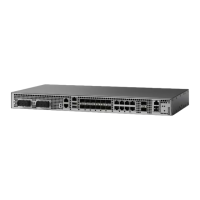
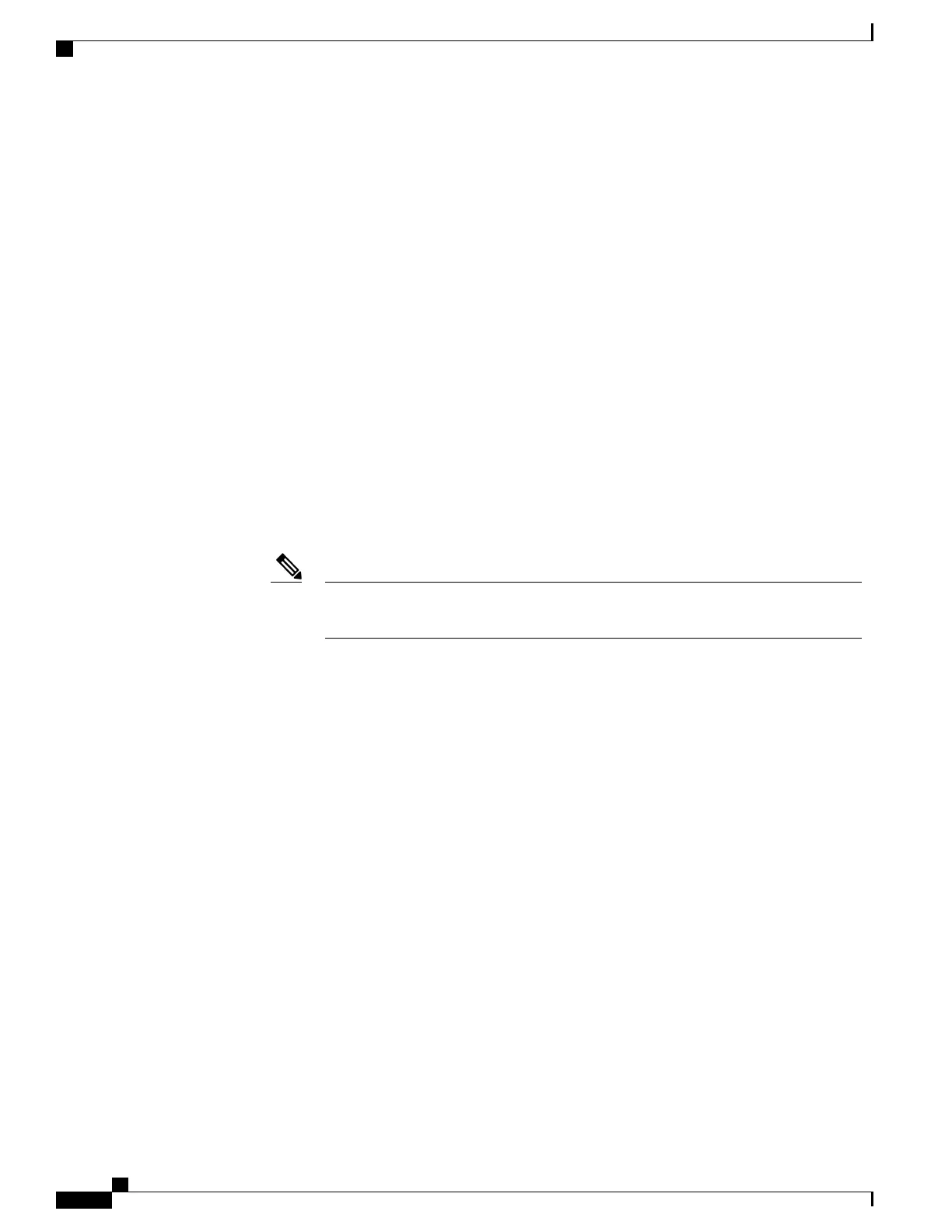